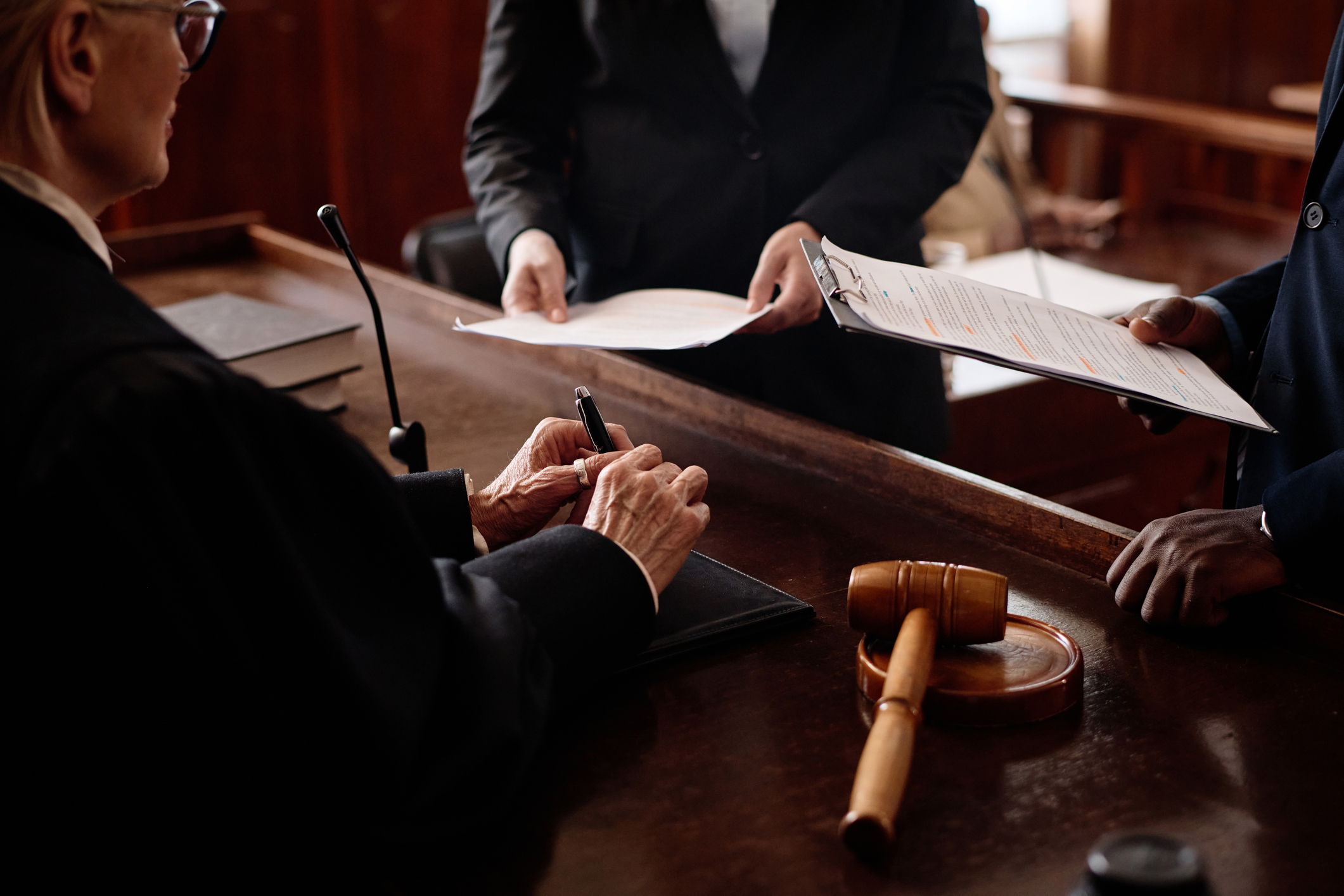Once a Marchman Act case concludes—whether your loved one is court-ordered into treatment or released with recommendations, you may find yourself wondering what to do
Taking legal action to help someone you care about can be one of the most difficult decisions you’ll ever make. If you’ve filed a Marchman
When someone you love is struggling with substance use, it can feel like you’re watching them slip away—and no matter how hard you try, you
When a loved one is struggling with addiction, families in Florida often turn to the Marchman Act—a powerful legal tool that allows them to petition
When a veteran returns home from service, the battle isn’t always over. For many, the trauma of combat, physical injuries, and the weight of reintegration
When a loved one is struggling with substance use disorder and refuses help, families are often left feeling helpless, scared, and unsure of where to
BlogRichard J. Casey III, Esq.2024-09-23T18:15:07+00:00





